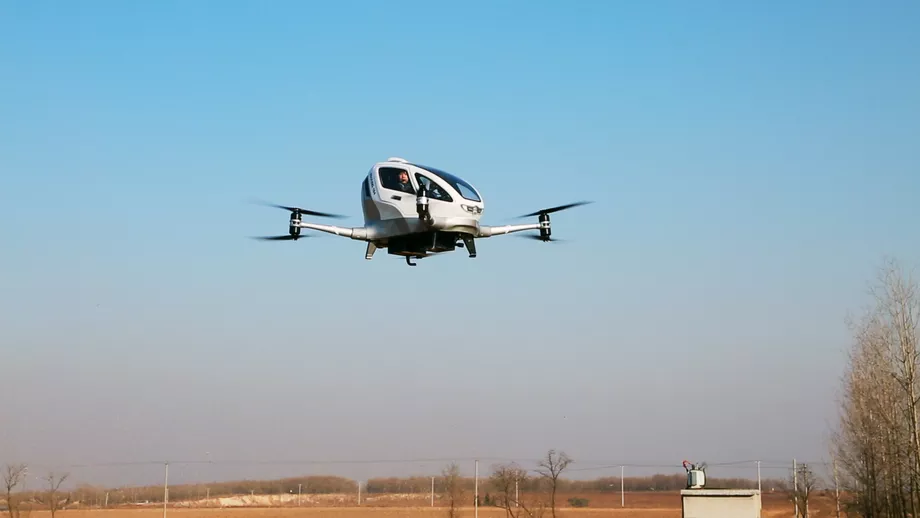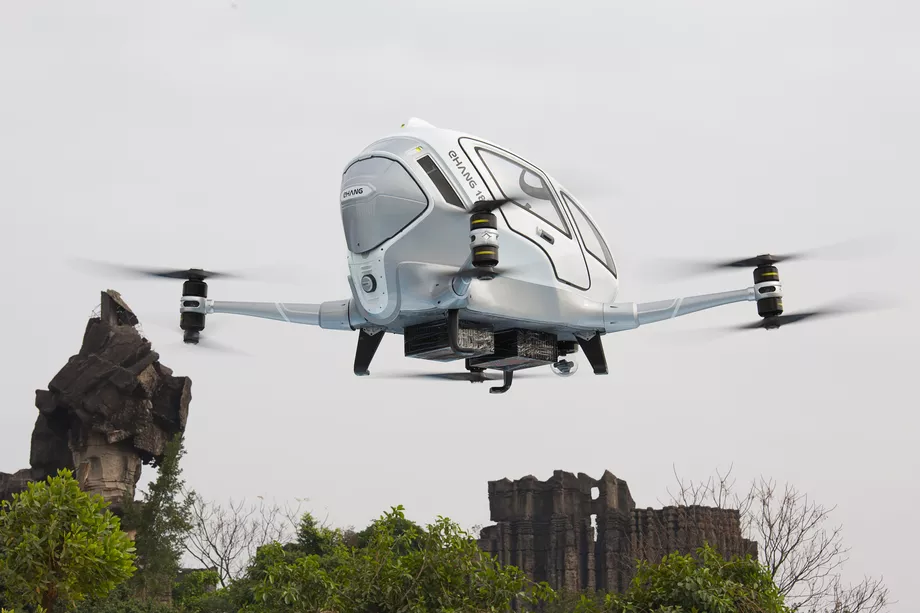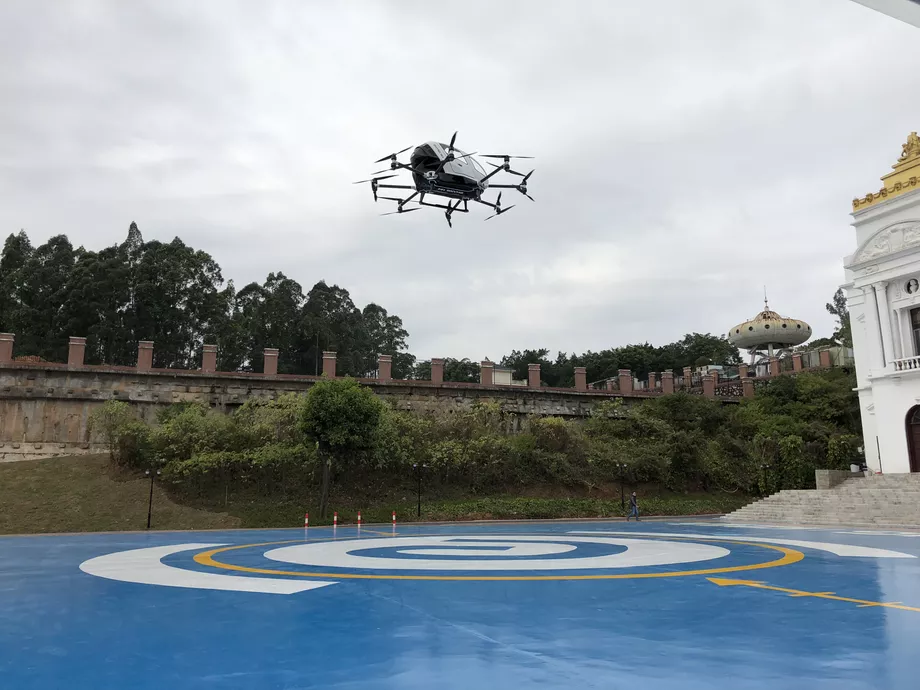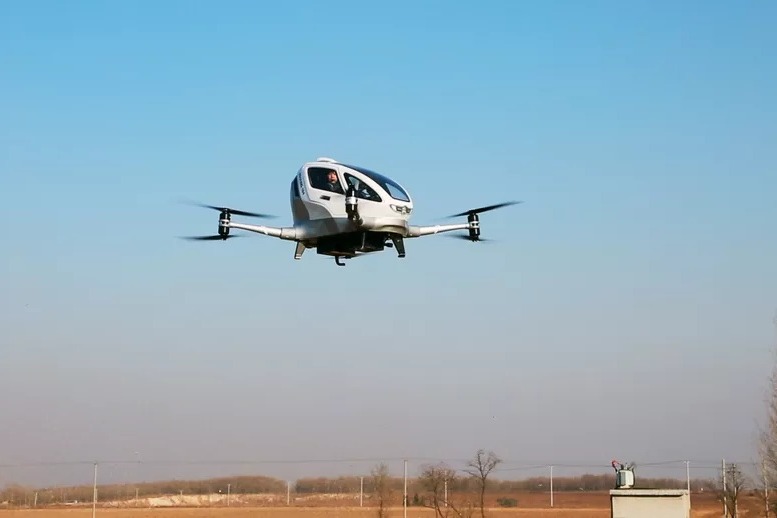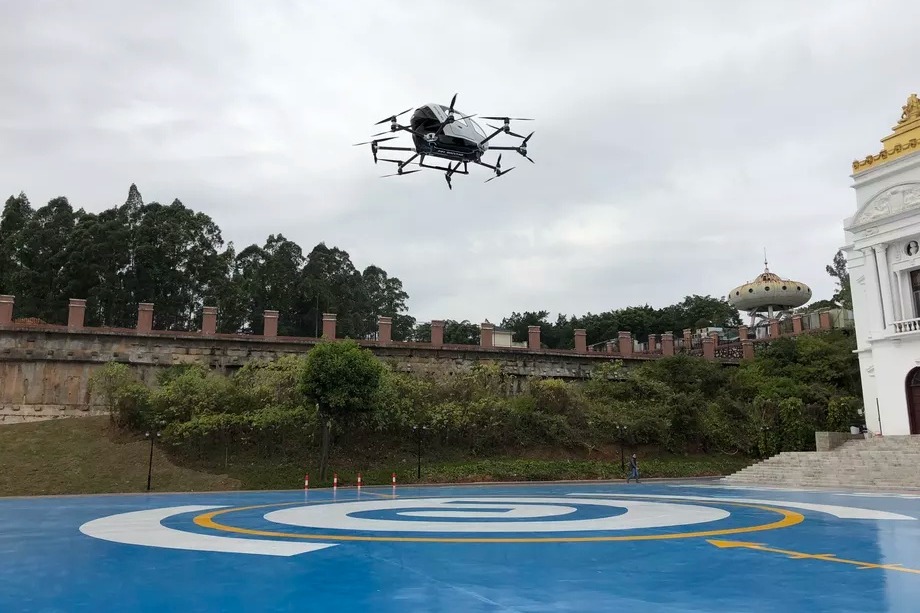HELP US BRING THIS NEW HELICOPTER TO THE WORLD
Fundraising campaign by
DOCTORS WITHOUT BORDERS
-
US$0.00Donated So Far
WE WANT TO BRING THIS PRODUCT TO THE MARKETPLACE. WE NEED FUNDING FOR ADVERTISING AND PROMOTION COSTS.
IF YOU CONTRIBUTE $1,000 DOLLARS OR MORE WE WILL OFFER YOU THE FIRST OPPORTUNITY TO PURCHASE ONE OF THESE BEAUTIFUL VEHICLES AT OUR COST INCLUDING TAXES AND SHIPPING AND HANDLING CHARGES.
PLEASE SEND YOUR CONTRIBUTION VIA PAYPAL TO US AT [email protected] AND EMAIL US YOUR NAME AND DELIVERY ADDRESS.
WE EXPECT DELIVERIES EARLY NEXT YEAR.
YOU CAN BE THE FIRST PERSON TO RECEIVE YOUR OWN PERSONAL COPTER AT A LOW DEALER PRICE.
YOU CAN ALSO PAY WITH BITCOIN.
HERE IS MY WALLET ADDRESS TO CONTRIBUTE WITH BITCOIN:
Bitcoin:1JRsD1GFBRpu5Rk6NLP1yn1WvG1hY3ttKJ
Two years ago, Chinese drone maker Ehang came to CES in Las Vegas and promised to build a completely autonomous, passenger-carrying quadcopter that would revolutionize mobility. Many of us in the tech community chortled under our breath, wondering if such a thing was even possible, let alone advisable. Today, the company released footage of its first piloted test flights in China — and color us impressed: this thing is no joke.

OVER 1,000 TEST FLIGHTS WITH HUMAN PASSENGERS
Ehang’s engineers put the quadcopter, dubbed the Ehang 184, through a battery of tests over the last several months, and with good measure. The company conducted over 1,000 test flights with human passengers, including a 984-foot (300-meter) vertical climb, a weight test carrying over 500 pounds (230 kilograms), a routed test flight covering 9.3 miles (15 kilometers), and a high-speed cruising test that reached 80.7 mph (130 km/h).

Ehang’s engineers also tested the 184 in a variety of weather conditions, including high heat, heavy fog, night tests, and during a Category 7 typhoon with gale-force winds. Clearly, it would seem that Ehang heard our skepticism after its first announcement and it aimed to respond with supporting data.

“What we’re doing isn’t an extreme sport, so the safety of each passenger always comes first,” said Ehang founder and CEO Huazhi Hu in a statement. “Now that we’ve successfully tested the Ehang 184, I’m really excited to see what the future holds for us in terms of air mobility.”

The key word there is “mobility,” as it often is with these types of ventures. Ehang wants to put its egg-shaped, multirotor aircraft in use as an air taxi, shuttling passengers across dense urban environments. The company has said it would demonstrate this service for Dubai’s World Government Summit later this month, but a spokesperson didn’t respond whether that was still the case. Dubai is also working with Germany’s Volocopter on a similar air taxi service. If that doesn’t work, Ehang has permission from the state of Nevada to test the Ehang 184 at its FAA-approved UAV test site.
THE KEY WORD THERE IS “MOBILITY,” AS IT OFTEN IS
Ehang says the 184, which is all electric, can carry a single passenger up to 10 miles or roughly 23 minutes of flight. The person in the cockpit doesn’t do any piloting; they just input their destination and enjoy the ride. The company claims its aircraft is able to take off autonomously, fly a route, sense obstacles, and land. And if anything goes wrong, a human pilot is supposed to step in and take over the controls from a remote command station.
Ehang sees luxury rides for rich folks as the first phase of this new market, with autonomous aircraft becoming more widely available at lower prices after fleets and flight paths have become well established, and, of course, once the cost of having a human pilot around is eliminated.
Despite its early successful test flights, Ehang says it is making improvements to the aircraft. More emphasis will be placed on improving passenger experience and on adding an option for manual control, giving passengers with piloting experience the choice to operate the vehicle manually. In addition, the company has already developed and tested a two-seater with a payload of up to 617 pounds (280 kilograms).
Ehang has proven that its autonomous aerial vehicle can fly, which is no small feat. But proving that it can scale up into a full-blown aerial taxi service is an entirely different challenge and something with which a number of giant, multibillion-dollar companies are currently wrestling. There’s a vertical take-off and landing gold rush going on right now, and Ehang clearly wants to prove itself a major player.
CONTRIBUTE $1,000 TOWARDS OUR MARKETING COSTS AND ORDER YOUR TODAY. THANK YOU
SEND PAYPAL TO: [email protected]
YOU CAN PAY IT FORWARD BY HELPING US TO SPREAD THE WORD. PLEASE DONATE AS MUCH AS YOU CAN TO HELP THIS CAUSE. TOGETHER WE CAN MAKE THE WORLD A BETTER PLACE. THANK YOU AND GOD BLESS YOU.
TO CONTRIBUTE WITH PAYPAL SEND YOUR DONATION TO [email protected]
OR YOU CAN PAY WITH BITCOIN TO THIS WALLET ADDRESS:
1JRsD1GFBRpu5Rk6NLP1yn1WvG1hY3ttKJ
Organizer
- DOCTORS WITHOUT BORDERS
- Campaign Owner
- Mexico, MX
No updates for this campaign just yet



